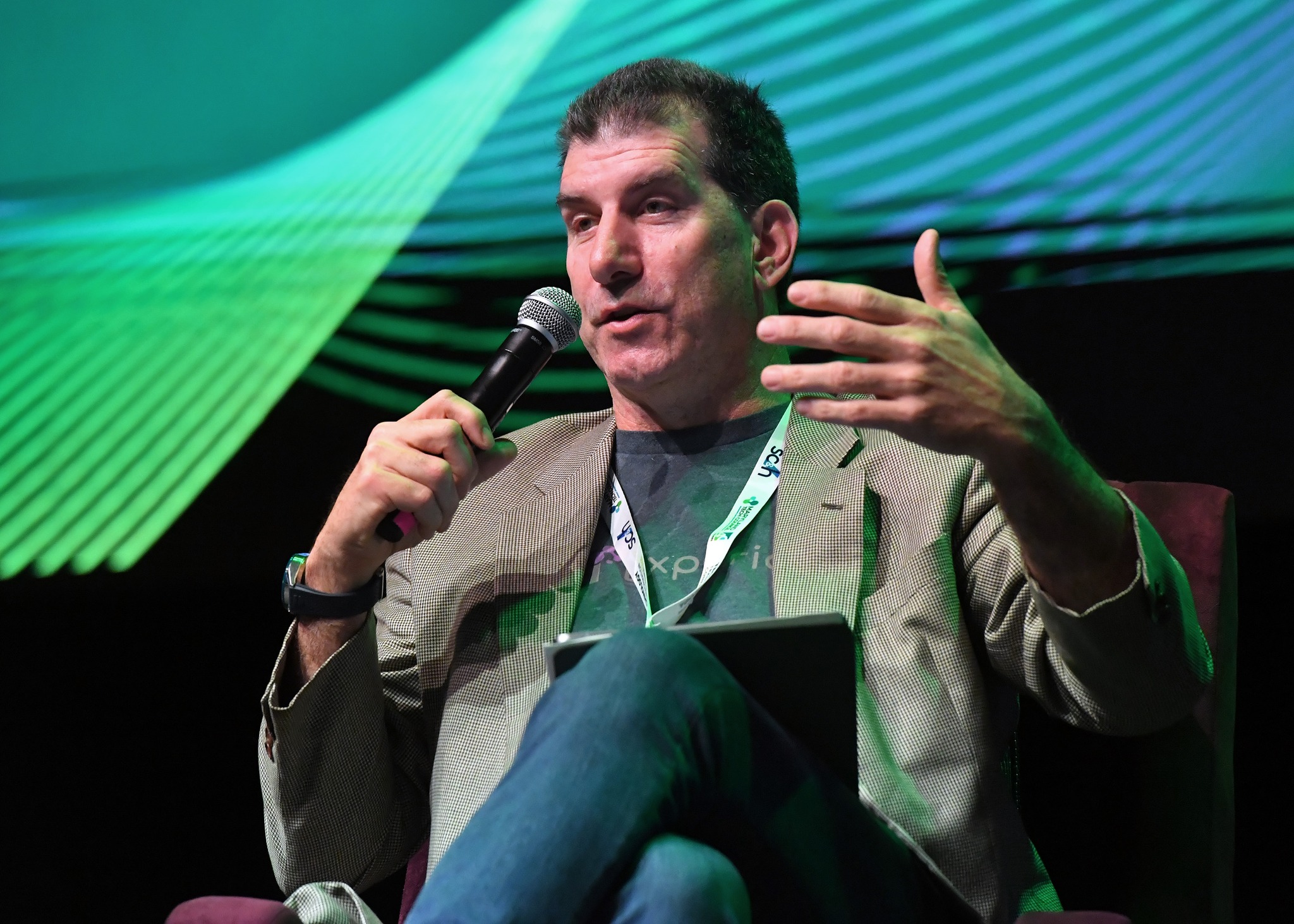DATE
CATEGORY
READING TIME
Knowledge Graphs: The Missing Link Between AI Ambitions and Data Reality

Every executive wants their AI transformation story. The board expects it. Competitors are doing it. The technology looks incredible in demos.
But I've watched this pattern repeat for 15 years across every major technology wave. The gap between ambitions and readiness keeps widening.
With AI, that gap has become dangerous.
The Rush Without Reason
Organizations are sprinting toward AI deployment without understanding what problems they're solving. Data strategies remain unchanged while AI expectations soar.
Executives arrive with preconceived notions about benefits and timelines. They assume their data is ready, complete, and accessible.
The reality is far different.
Most organizations have duplicate data across disconnected systems. Governance is weak. Nobody knows where to find what they need.
Sometimes the data doesn't exist digitally at all.
When Data Requires Detective Work
Take professional services firms trying to match consultants with projects. Everyone assumes there's a skills database somewhere.
There isn't.
HR systems contain manually tagged entries that nobody maintains. Skills databases gather dust. The real expertise lives in scattered signals across timesheet entries, document contributions, code repositories, and meeting recordings.
Traditional AI systems can't connect these dots. They need clean, structured input.
But knowledge graphs change everything.
Creating Connections That Didn't Exist
Knowledge graphs add semantic understanding to scattered data. They connect concepts with relationships that give meaning to every connection.
Instead of hunting through independent systems, you get answers that span your entire organization. The graph creates pathways between data points that were previously invisible.
This produces responses 4.2x more accurate than traditional approaches. More importantly, it prevents the costly mistakes that come from AI hallucinations occurring up to 29.9% of the time.
You're essentially building a virtual data warehouse without spending hundreds of thousands of dollars on traditional infrastructure.
The Moment Everything Clicks
When consulting firms see their scattered data suddenly connected through knowledge graphs, something remarkable happens.
They discover insights they didn't know existed. Patterns emerge from chaos. Questions that required asking multiple people and digging through forgotten archives get answered instantly.
The skills inference example becomes reality. AI doesn't just consume your data. It helps solve your data problems by finding connections humans missed.
Your organizational memory becomes accessible, searchable, and intelligent.
Building the Foundation Right
The 71% of companies deploying AI today face a choice. Rush forward with inadequate data foundations and risk expensive failures. Or invest in knowledge graph infrastructure that turns scattered information into competitive advantage.
The organizations getting this right aren't chasing the latest AI trend. They're building the semantic layer that makes AI actually work.
They're creating conscious organizations that learn, adapt, and remember.
The gap between AI ambitions and data readiness doesn't have to widen. Knowledge graphs bridge it completely.







